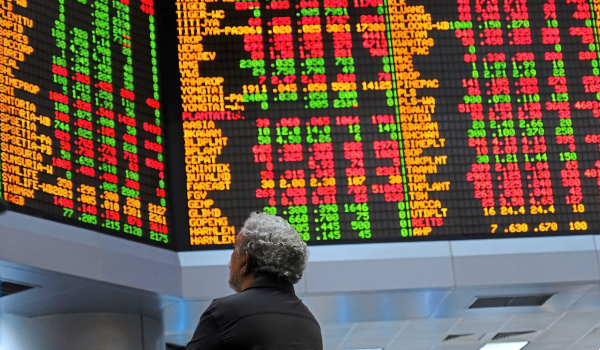THE rising COVID-19 cases and the resumption of loan repayments will likely dampen overall loan growth numbers, amid a flat loan growth in September, research houses opined.
Kenanga Research said the ongoing spike of local COVID-19 infections, which has led to renewed lockdown measures in some areas, will likely impede economic recovery.
In turn, it expects an uneven recovery in confidence among households and businesses, which will limit loan growth.
Hence, it is maintaining a loan growth forecast of between 1% and 2% this year compared with 3.9% last year.
Kenanga Research said the impact of the end of the loan moratorium period in September was not as bad as feared.
It said the industry’s loan growth stood at 4.4% at the end of August and September. By segment, household loans improved from 4.8% year-on-year (yoy) in August 2020 to 5.2% yoy in September 2020.
This offset the slowdown in business loan growth from 3.3% yoy in August 2020 to 2.7% yoy in September 2020, it added.
Meanwhile, Maybank Investment Bank Research said despite improved loan growth in September 2020, driven by strength in mortgage and auto loan, business loan demand was weak.
“September marked the end of the blanket loan moratorium but with a targeted moratorium still in place.
“The resumption of loan repayments will likely dampen overall loan growth numbers, but more critical to monitor will be asset quality data,” it said today.
The research house believes the rate of asset quality deterioration is expected to be gradual, given that the loan moratorium has been extended by another three months for individuals who have lost their jobs while those who have seen a reduction in salaries may apply for reduced monthly instalment payments.
It said absolute GIL declined by RM200,000 and the industry’s GIL ratio was a lower 1.38% at end-Sep 2020 versus 1.4 at end-Aug 2020 and a 2020 high of 1.59% at end-March 2020.
Bank Negara Malaysia expects the system’s GIL ratio to peak in the second half of 2021 at 4.1%.
Maybank Investment Bank Research sees that upside risks for the sector include stronger-than-expected gross domestic product (GDP) growth, which would contribute to stronger loan growth and lower credit risks, as well as improved liquidity, which would help sustain interest margins.
However, downside risks for the industry include weaker-than-expected economic growth, which could lead to slower loan growth and asset quality issues; potential interest rate cuts that could negatively impact interest margins in the short term; and a slowdown in current account savings account (CASA) growth, which could exacerbate deposit competition.
Meanwhile, CGS-CIMB Securities Sdn Bhd said it was overall negative on the September 2020 financial highlights by BNM as the expected higher third quarter 2020 (3Q20) loan loss provision (LLP) would more than offset the positive impact from stronger loan growth.
It said banks’ LLP is likely to increase further in 3Q from the all-time high of RM3.98 bil in 2Q
“We deduce this, given the wider increase in the industry’s total provision of RM1.86 bil in 3Q versus RM1.63 bil in 2Q.
“If this is the case, banks’ 3Q20 net profit would have declined by around 30% yoy.
“Any deviation in the actual trend in 3Q LLP versus our expectation would have come from banks’ LLP for their overseas loans,” it added.
Having said that, CGS-CIMB said it raised the projected loan growth for 2020 from 3% to 4% due to stronger-than-expected loan expansion of 3% in September 2020 and expected loan growth in the fourth quarter.
In 2021, it said net profit is projected to grow by 14.8%, which is a potential re-rating catalyst underpinning its “overweight” call for the sector. – Nov 4, 2020









